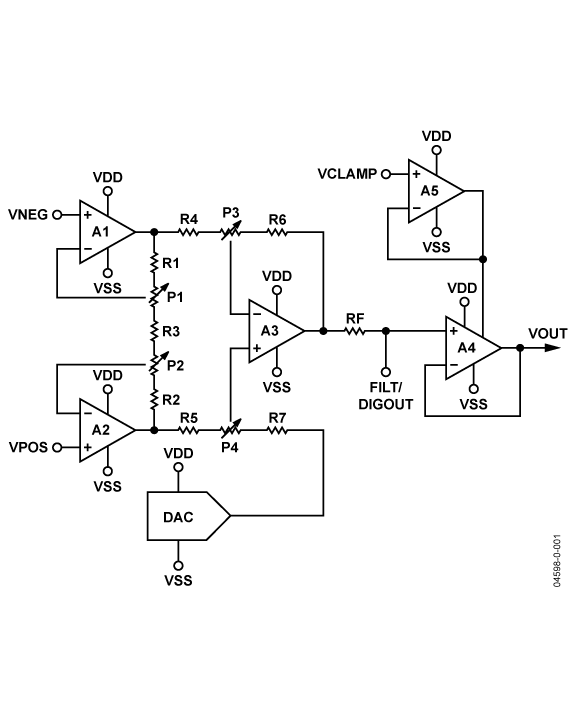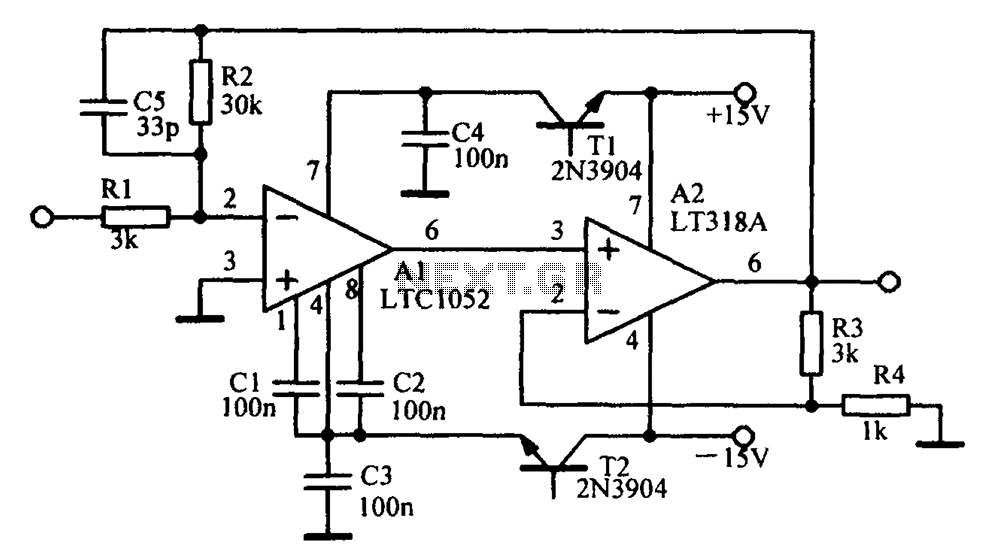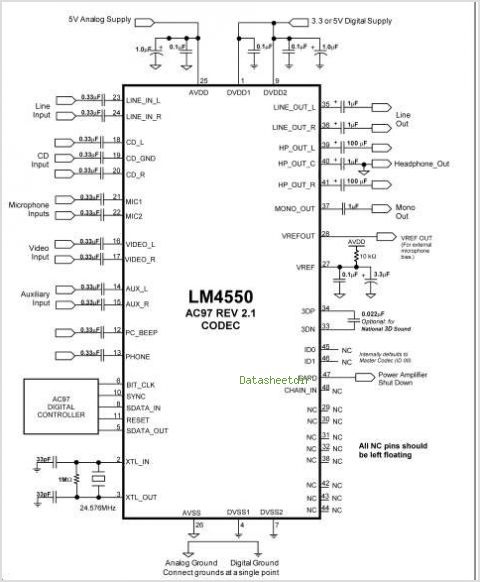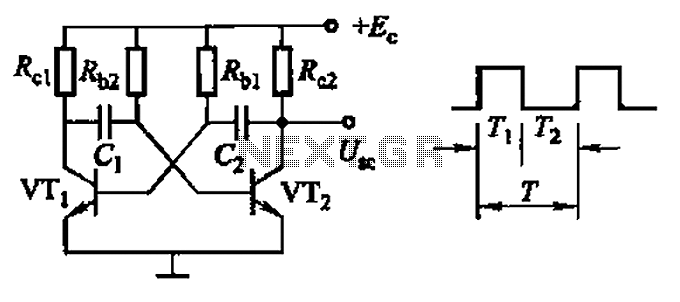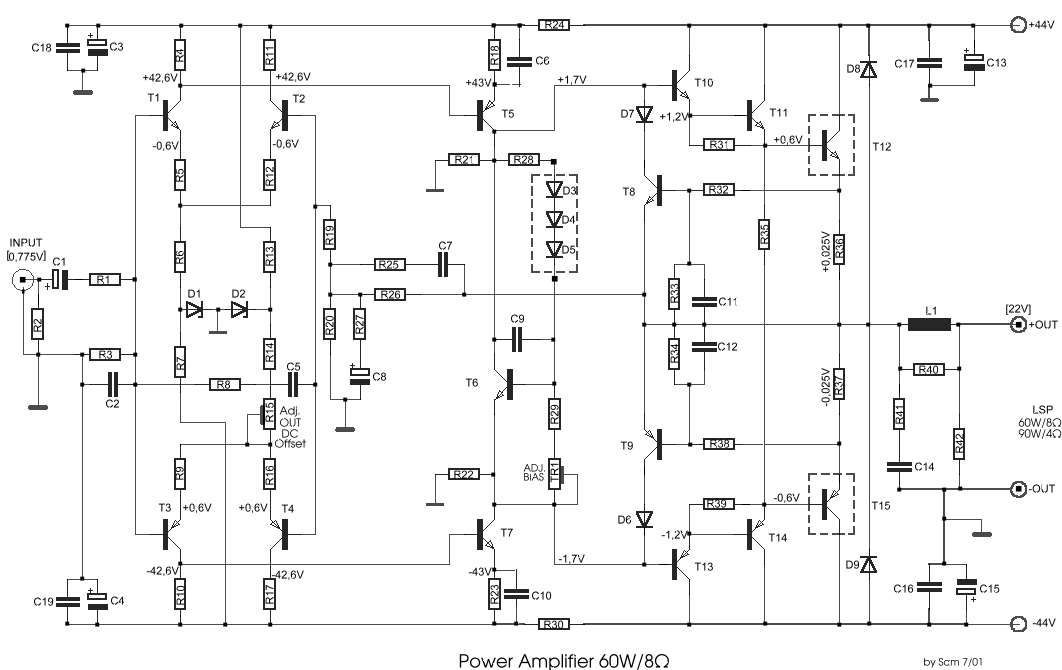
Operational Amplifier (Op-Amp) Oscillator
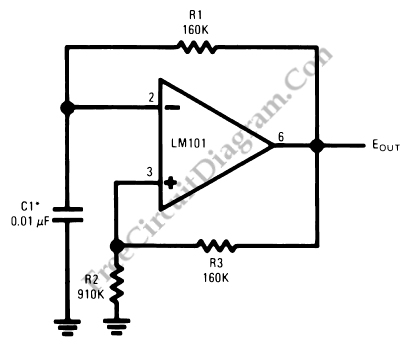
This is an operational amplifier (Op-Amp) oscillator circuit. This circuit has several advantages, including its ability to operate at low frequencies.
The operational amplifier oscillator circuit is designed to generate a periodic waveform output, typically a sine or square wave, using the properties of feedback and amplification inherent in op-amps. This configuration can be particularly advantageous in applications requiring low-frequency signals, such as audio applications or low-frequency signal processing.
The basic architecture of an op-amp oscillator generally involves a feedback network that determines the frequency of oscillation. Common configurations include the Wien bridge oscillator and the phase shift oscillator. In the Wien bridge oscillator, resistors and capacitors are arranged in a bridge configuration to set the frequency, while a variable resistor can be used to stabilize oscillation amplitude. The phase shift oscillator, on the other hand, utilizes a series of resistors and capacitors to create a total phase shift of 180 degrees, complemented by the 180-degree phase shift provided by the op-amp itself.
In addition to the frequency-determining components, the circuit typically includes a power supply to provide the necessary voltage levels for the op-amp operation. The stability and accuracy of the output waveform can be influenced by component tolerances, temperature variations, and power supply fluctuations, necessitating careful selection and design of the components used in the circuit.
Overall, the operational amplifier oscillator circuit is a versatile and effective solution for generating low-frequency signals, making it a valuable tool in various electronic applications.This is Operational an Amplifier (Op-Amp) Oscillator circuit. This circuit has some advantages, they are this circuit can be operated at low frequencies with. 🔗 External reference
The operational amplifier oscillator circuit is designed to generate a periodic waveform output, typically a sine or square wave, using the properties of feedback and amplification inherent in op-amps. This configuration can be particularly advantageous in applications requiring low-frequency signals, such as audio applications or low-frequency signal processing.
The basic architecture of an op-amp oscillator generally involves a feedback network that determines the frequency of oscillation. Common configurations include the Wien bridge oscillator and the phase shift oscillator. In the Wien bridge oscillator, resistors and capacitors are arranged in a bridge configuration to set the frequency, while a variable resistor can be used to stabilize oscillation amplitude. The phase shift oscillator, on the other hand, utilizes a series of resistors and capacitors to create a total phase shift of 180 degrees, complemented by the 180-degree phase shift provided by the op-amp itself.
In addition to the frequency-determining components, the circuit typically includes a power supply to provide the necessary voltage levels for the op-amp operation. The stability and accuracy of the output waveform can be influenced by component tolerances, temperature variations, and power supply fluctuations, necessitating careful selection and design of the components used in the circuit.
Overall, the operational amplifier oscillator circuit is a versatile and effective solution for generating low-frequency signals, making it a valuable tool in various electronic applications.This is Operational an Amplifier (Op-Amp) Oscillator circuit. This circuit has some advantages, they are this circuit can be operated at low frequencies with. 🔗 External reference
